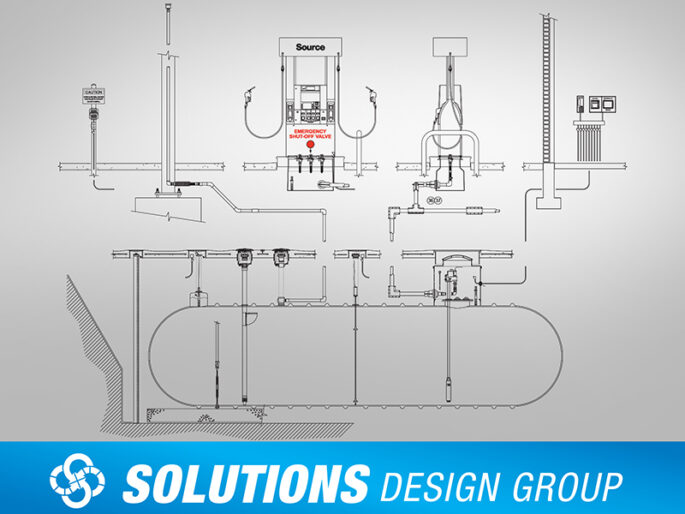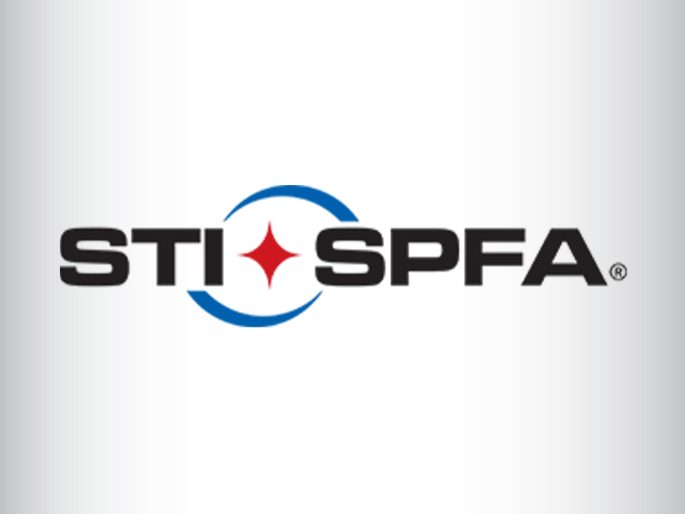When it comes to gasoline, there is quite a bit of variation in the finished fuels that are dispensed across the country. In this FAQ, we widen the discussion beyond octane to explain the many nuances of gasoline blends. (See related story for a glossary of key terms and definitions.)
Q: What differentiates the primary gasoline blends that are distributed in the United States?
A: There are three primary types of gasoline blends in the U.S.: summer blends, winter blends and Reformulated Gasoline (RFG). Summer blend-fuels are required by the U.S. Environmental Protection Agency in certain areas to reduce ozone formation from June 1 to Sept. 15. RFG is required year-round in areas where more stringent ozone regulations are mandated. The emissions standards for RFG are stricter than the standards for the summer blends, and as such, RFG areas are not allowed to use summer blends. In the wintertime, refiners add oxygenates to gasoline that improve combustion efficiency during cold weather.
Q: How do environmental regulations influence the gasoline blends sold in different areas?
A: The Clean Air Act requires state air agencies to take steps to control ozone pollution in areas that are not meeting the EPA’s National Ambient Air Quality Standards (see related story about ozone standards.). States may approach this two ways: they may mandate RFG or impose lower Reid Vapor Pressure (RVP) requirements for conventional summer blends of gasoline.
Q: What are fuel volatility and RVP?
A: RVP is a measure of fuel volatility, or fuel’s ability to vaporize. The U.S. EPA sets regulations that limit gasoline’s RVP during the summer months to prevent excessive evaporation of volatile organic compounds (VOCs), which contribute to the formation of smog. Reference the EPA’s state-by-state table of RVP summer standards for more info.
For more information about gasoline blends, watch Fuels Market News for Source’s latest article.




